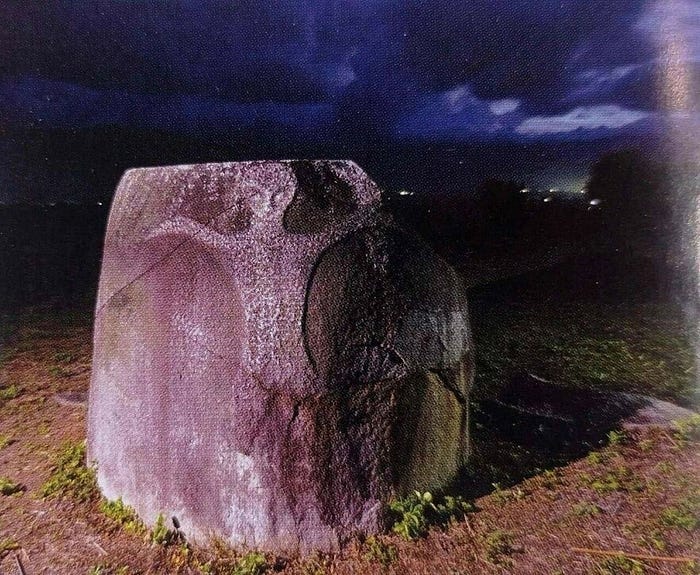
The discovery of a rock mural in the Bada Valley of Indonesia offers a captivating glimpse into the ancient world, revealing the artistic and cultural expressions of people who lived between 2375 and 3440 years ago. This mural is not only a remarkable testament to the creativity of early human civilization but also serves as a vital link to understanding the social dynamics and beliefs of the time. The Bada Valley, known for its array of megalithic artifacts and rock art, stands out as a significant archaeological site that continues to intrigue scholars and enthusiasts alike.
Location and Significance
Nestled in the heart of Sulawesi, Indonesia, the Bada Valley is an area steeped in historical and cultural richness. The rock mural discovered here is of profound importance, not only due to its age but also because of its unique depiction of a non-human figure. This striking imagery carved into the valley's landscape suggests that the area was a significant cultural and spiritual hub for the local tribes. Through the study of such murals, researchers can glean insights into the customs, beliefs, and artistic expressions of ancient societies, further highlighting the mural's invaluable contribution to our understanding of human history.
Timeframe and Artistic Endeavor
Dating back to a period between 2375 and 3440 years ago, the rock mural is a silent testament to the artistic abilities and imaginative prowess of its creators. The era, marked by burgeoning societal developments and complex belief systems, saw the emergence of such art forms as a means of expression and communication. This mural, in particular, reflects the intricate relationship between humans and their environment, as well as their understanding of themselves and the unseen forces of their world.
Mysterious Figures and Interpretations
The central figure of the mural, intriguingly non-human in appearance, is depicted with arms wide open—a posture that could symbolize a multitude of meanings ranging from peace to aggression. The ambiguity of the figure's pose invites speculation and analysis, underscoring the complexity of ancient symbolic language. While the exact interpretation remains a subject of debate among historians and archaeologists, the depiction is undeniably significant, offering a window into the psyche of our ancestors and their perceptions of the world around them.
The Aggression Theory
The theory suggesting that the open-armed posture signifies aggression draws support from anthropological observations of primitive behaviors, where humans, much like wild animals, adopted poses to appear larger and more formidable to their adversaries. This interpretation implies that the mural could represent a moment of conflict or a display of power, thereby shedding light on the social dynamics and conflict resolution methods of the time. Such insights are crucial for understanding the societal structures and interpersonal relationships of ancient communities.
Cultural Impact on the Bada Valley Tribe
The decision to immortalize this encounter on stone suggests that the event had a profound impact on the local tribe's cultural practices and beliefs. Whether as a warning, a celebration of victory, or a spiritual emblem, the mural has indubitably influenced the narrative and cultural evolution of the community. The continued study of these artifacts offers valuable lessons on the adaptability, creativity, and resilience of human societies in the face of change and adversity.
Conclusion
The Bada Valley rock mural stands as a poignant reminder of humanity's enduring spirit and its incessant quest for expression and meaning. As we delve deeper into our past, exploring such ancient artworks, we are reminded of our shared heritage and the intricate tapestry of human history that connects us all. The mural, with its enigmatic figure and ambiguous message, continues to fascinate and inspire, prompting reflection on our origins, our beliefs, and the infinite possibilities of human creativity.
Oliviero Mannucci
Source: Medium
No comments:
Post a Comment
Note: Only a member of this blog may post a comment.